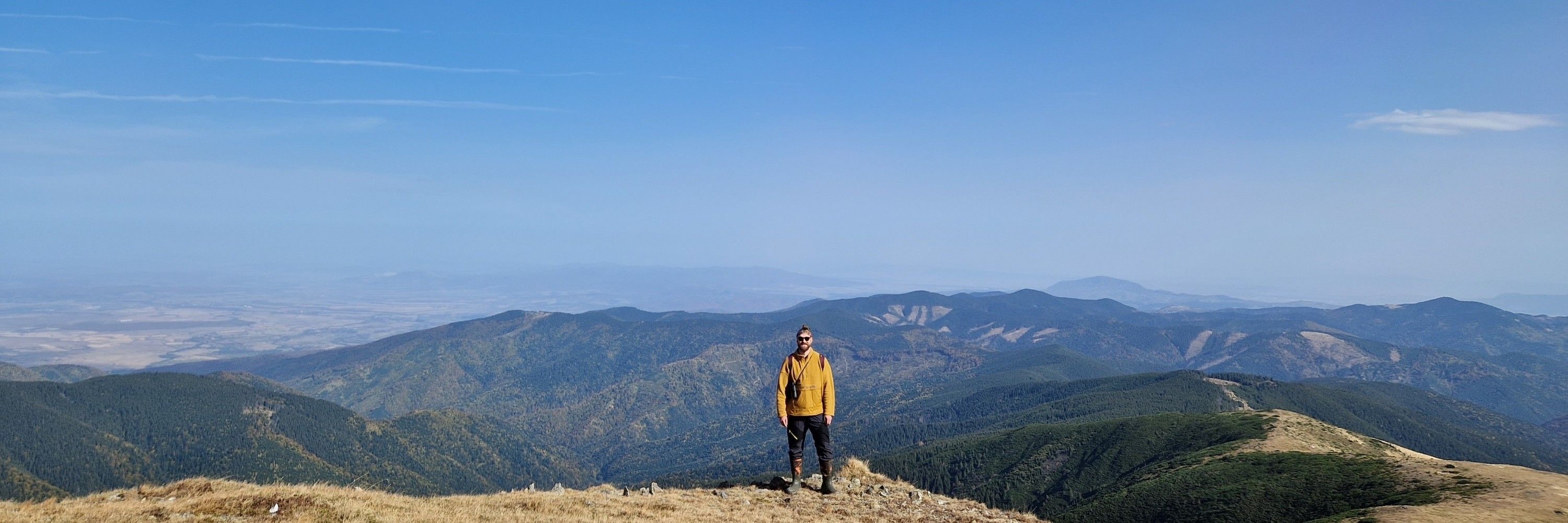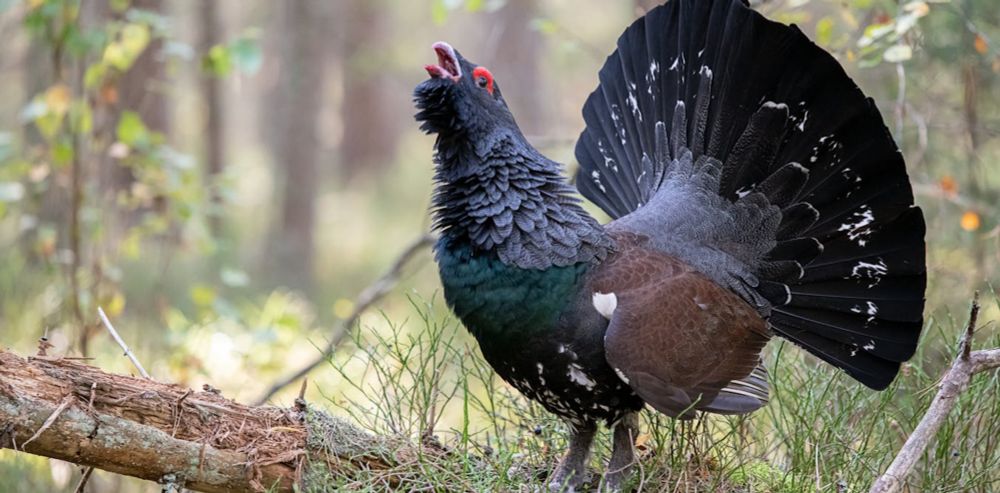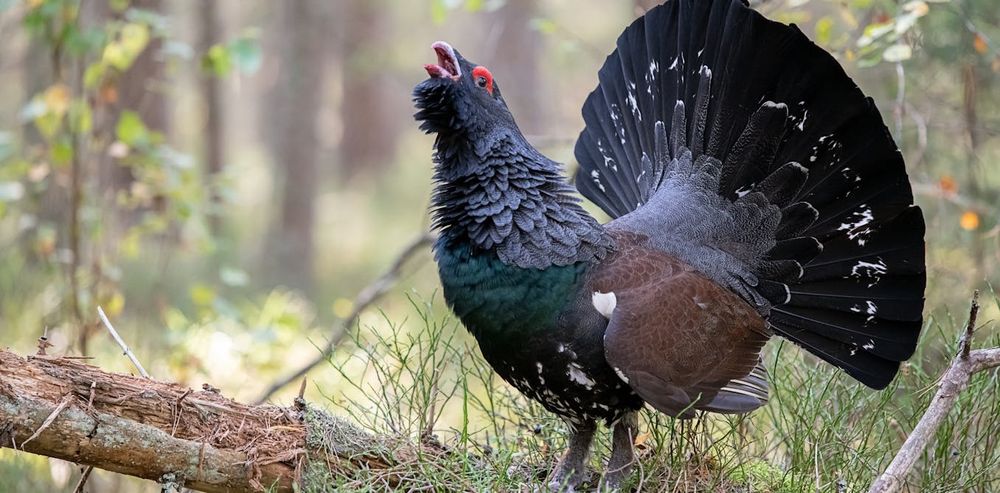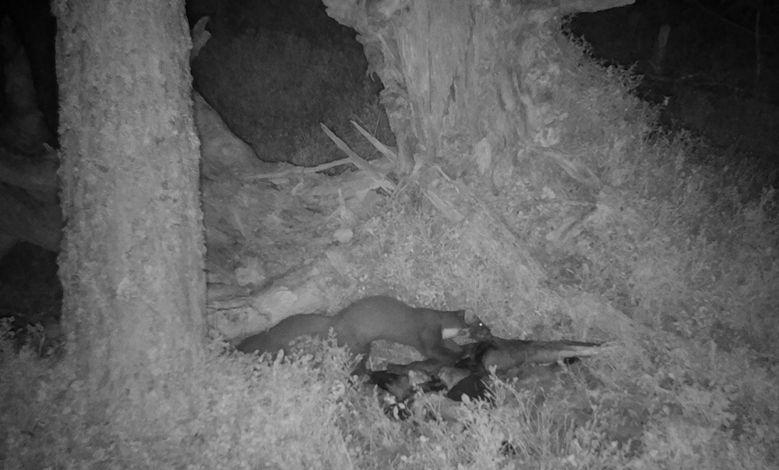
Through a co-designed experiment with practitioner & community engagement, this study evaluated the effects of diversionary feeding as a non-lethal strategy to reduce predation🧪
doi.org/10.1111/1365...

Through a co-designed experiment with practitioner & community engagement, this study evaluated the effects of diversionary feeding as a non-lethal strategy to reduce predation🧪
doi.org/10.1111/1365...
Excited to share my research at #BOUatEOU on breeding failure of tawny owls (Strix aluco) in commercial plantations 🦉🌲
How do owls deal with changing food availability and the return of a new nest predator?
#ornithology #predation #prey-switching

Excited to share my research at #BOUatEOU on breeding failure of tawny owls (Strix aluco) in commercial plantations 🦉🌲
How do owls deal with changing food availability and the return of a new nest predator?
#ornithology #predation #prey-switching
We found that diversionary feeding is a suitable impact based tool to reduce conflicts between recovering predators (pine marten) and endangered ground nesting birds (cappercaillie) in Scottish Forests.
🧪🌍🦤🍁

We found that diversionary feeding is a suitable impact based tool to reduce conflicts between recovering predators (pine marten) and endangered ground nesting birds (cappercaillie) in Scottish Forests.
🧪🌍🦤🍁
Learn more about all winning images: spklr.io/63321BGOvf
@bmc.springernature.com #PhotoCompetition
Check out our new paper for advice on the number of sites you need to reliably detect interactions under different scenarios ⬇️

Check out our new paper for advice on the number of sites you need to reliably detect interactions under different scenarios ⬇️

We reflect on co-producing evidence in an effort to bridge the implementation gap, for evidence based, impact focused predator control.
What worked, what didn't and where barriers to implimentation still remain.
You can't win them all... 🧪
We reflect on co-producing evidence in an effort to bridge the implementation gap, for evidence based, impact focused predator control.
What worked, what didn't and where barriers to implimentation still remain.
You can't win them all... 🧪
"Surprisingly effective way to save the capercaillie: keep its predators well-fed"
theconversation.com/a-surprising...

"Surprisingly effective way to save the capercaillie: keep its predators well-fed"
theconversation.com/a-surprising...

Out today in the royal society proceedings B. We find that diversionary feeding boosts productivity of cappercaille from 0.82 to 1.90. Indicating that this impact based method can effectively reduce the influence of predation.
Read all about it here: shorturl.at/QRb76

Out today in the royal society proceedings B. We find that diversionary feeding boosts productivity of cappercaille from 0.82 to 1.90. Indicating that this impact based method can effectively reduce the influence of predation.
Read all about it here: shorturl.at/QRb76
Diversionary feeding of predators (in this case a Pine Martin) increases the breeding success of Capercaillie, as fewer eggs get stolen
#SciArt

Diversionary feeding of predators (in this case a Pine Martin) increases the breeding success of Capercaillie, as fewer eggs get stolen
#SciArt
We quantified the direct impact of diversionary feeding on capercaillie productivity. We show an increase in the proportion of hen with a brood in DF sites (37% -> 85%) and, as a result, a 131% increase in chicks per hen. Read more here: www.researchgate.net/publication/...
1/7

We quantified the direct impact of diversionary feeding on capercaillie productivity. We show an increase in the proportion of hen with a brood in DF sites (37% -> 85%) and, as a result, a 131% increase in chicks per hen. Read more here: www.researchgate.net/publication/...
1/7

